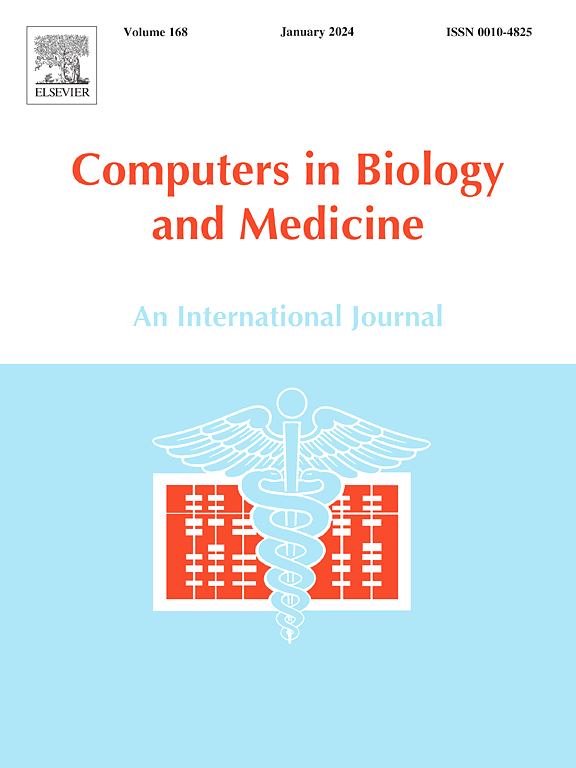Review on computational methods for the detection and classification of Parkinson's Disease
IF 7
2区 医学
Q1 BIOLOGY
引用次数: 0
Abstract
Background and objective
The worldwide estimates reveal two-fold increase in incidence of Parkinson's disease (PD) over 25 years. The two-fold increased incidence and lack of proper treatment uplifted a compelling solicitude, nagging towards accurate diagnosis. The present study aims at systematic survey on recent methodologies to light up the panorama of PD through various imaging modalities.
Methods and materials
Centring on imaging modalities of PD detection, this study range over on PD biomarkers such as anatomical and neurotransmitter alterations, serum and genetic delving into features and diagnostic techniques. Reviewed various Machine learning and deep learning models employed for PD detection and their performance offered. Presented a deep focus on existing datasets for PD diagnosis and their limited applicability and the directions needed to extend their applicability. This study also highlights the need of discriminative feature set for proper PD diagnosis and highlights the deep insight into existing machine and deep learning models along with their potential limitations and future directions.
Results
The review highlights that most of the algorithms incorporate some form of machine learning or deep learning to facilitate automated diagnosis of Parkinson's disease (PD). Also highlighted that most methodologies are experimented on T1 weighted MRI data and highlighted they are easily available and less complex in nature.
Conclusions
In conclusion deep learning models yields promising results on accurate diagnosis of PD and highlights the need of refining the existing methods to handle the challenges in enhancing diagnostic accuracy.
求助全文
约1分钟内获得全文
求助全文
来源期刊

Computers in biology and medicine
工程技术-工程:生物医学
CiteScore
11.70
自引率
10.40%
发文量
1086
审稿时长
74 days
期刊介绍:
Computers in Biology and Medicine is an international forum for sharing groundbreaking advancements in the use of computers in bioscience and medicine. This journal serves as a medium for communicating essential research, instruction, ideas, and information regarding the rapidly evolving field of computer applications in these domains. By encouraging the exchange of knowledge, we aim to facilitate progress and innovation in the utilization of computers in biology and medicine.
 求助内容:
求助内容: 应助结果提醒方式:
应助结果提醒方式:


